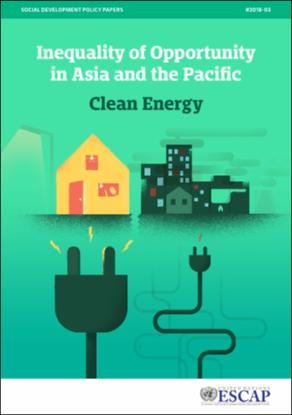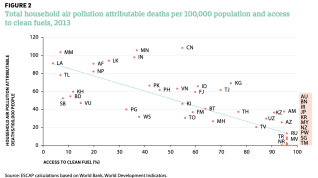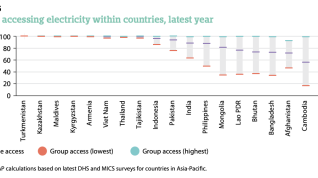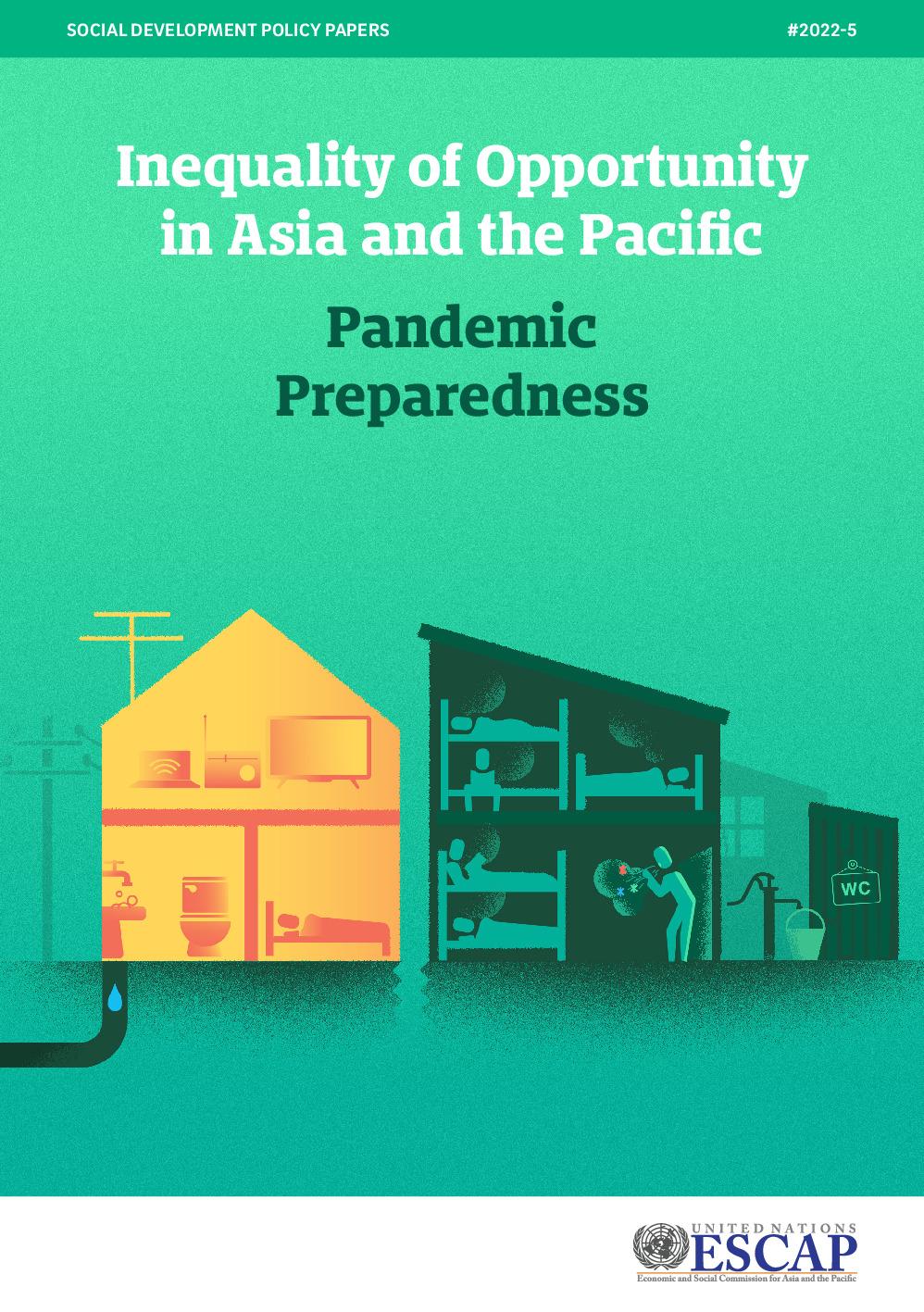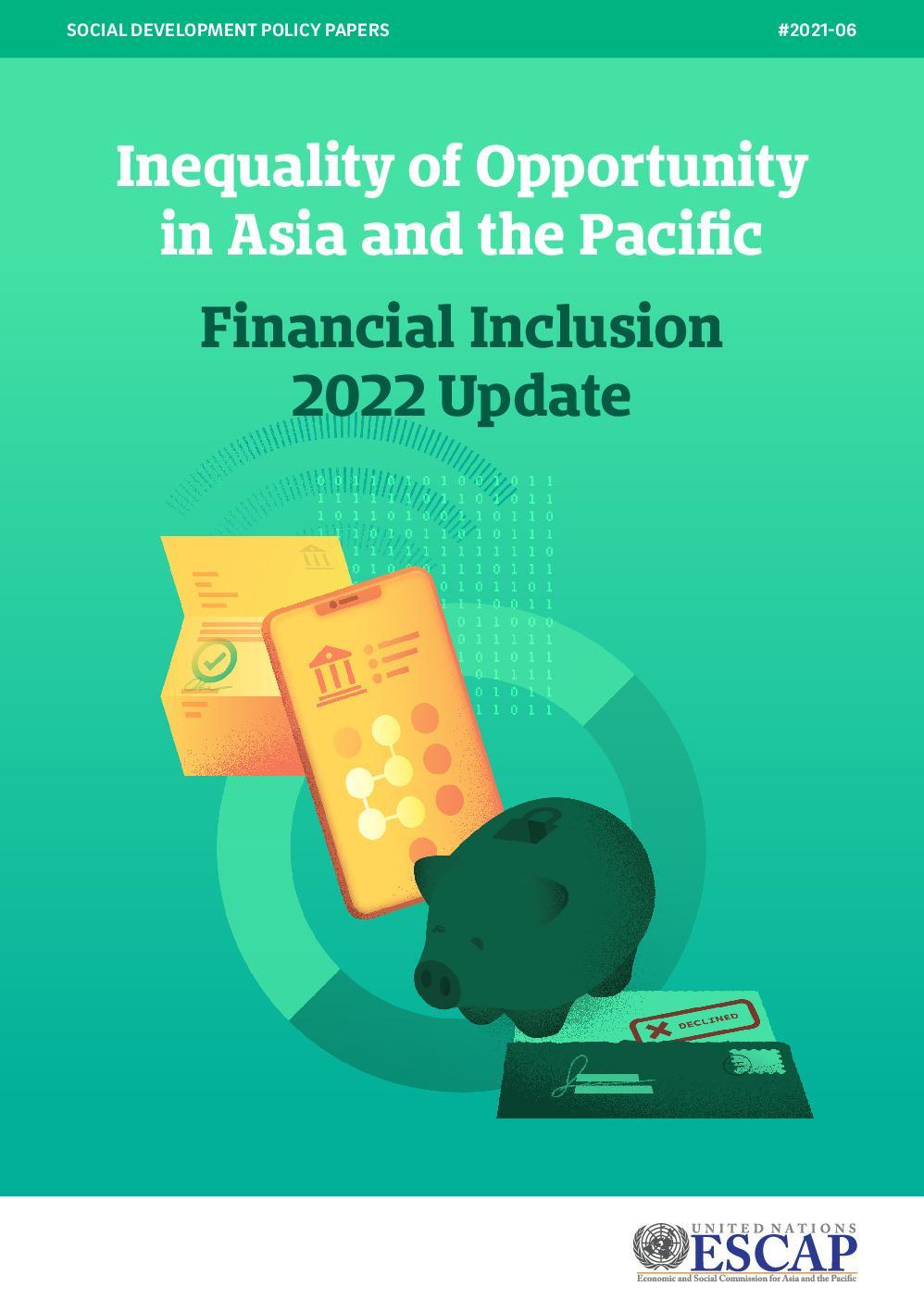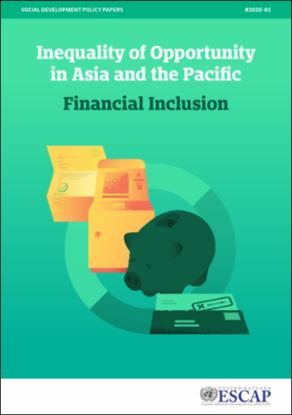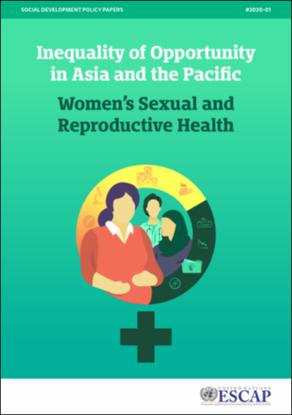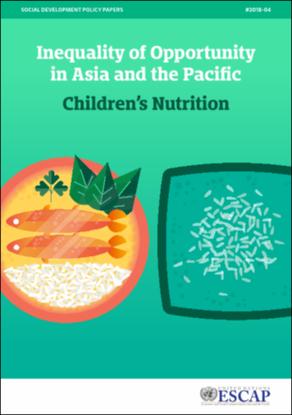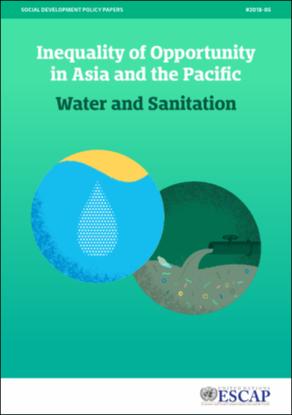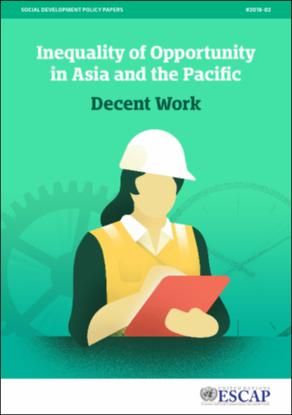Clean energy : inequality of opportunity in Asia and the Pacific
Policy Brief
01 January 2018
• Introduction and scope
• Why does inequality in access to clean energy matter?
• A new approach to identifying the furthest behind
• Who are those furthest behind?
• Understanding overall inequality in access to clean energy;
• Does ethnicity matter for determining the furthest behind?
• Recommendations for closing the gaps.
• Annex
The ESCAP Inequality of Opportunity papers place men and women at the heart of sustainable and inclusive development. The papers do so by identifying seven areas where inequality jeopardizes a person’s prospects, namely: education; women’s access to health care; children’s nutrition; decent work; basic water and sanitation; access to clean energy; and financial inclusion. Each of these opportunities are covered by specific commitments outlined in the 2030 Agenda for Sustainable Development and addressed in a separate thematic report covering 22 countries throughout Asia and the Pacific.
Overall, the aim of this policy paper is: i) to outline why policymakers need to reduce inequality in access to clean energy; ii) to introduce a new way of analysing survey data by identifying the shared circumstances of those “furthest behind”; and i) to analyse observed inequality by the relative contribution of each circumstance.
